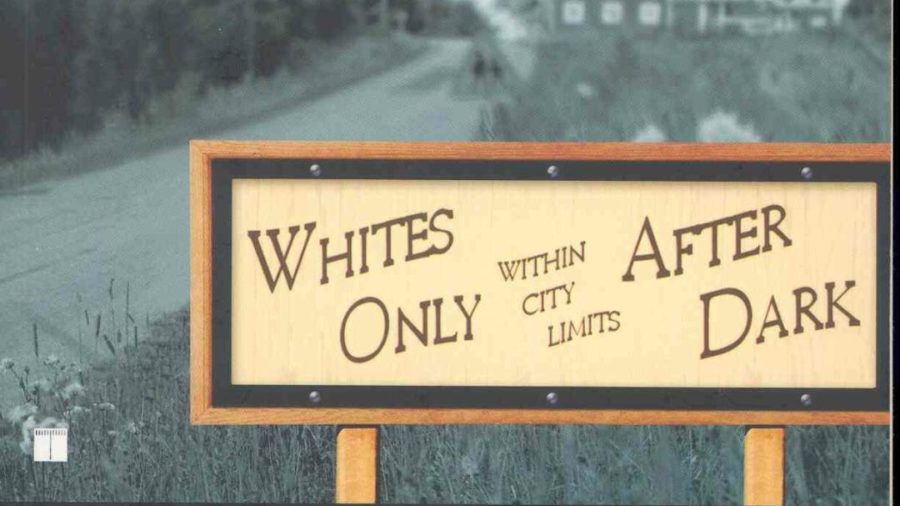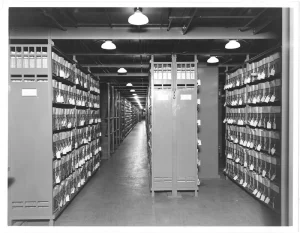Sundown Towns – the Disturbing Reality of Racism
April 28, 2021
All Americans, especially people of color, should be aware of the extremely disturbing existence of sundown towns.
Sundown towns—also known as sunset towns, gray towns, or sundowner towns—are all-white American neighborhoods with a tradition of racial segregation. Simply stated, people of color are allowed to pass by during the day to work or travel, but they need to be gone by sundown.
Discriminatory laws, threats, violence, and harassment are used to exclude black people and other minorities. Ross Coen, from the University of Washington, explains that the name “sundown town” derives from the posted and verbal warnings directed at blacks that they must leave by sundown. Although the term is most often issued against blacks, the history of sundown towns indicates that there have been incidents of forced exclusion against Native Americans, Chinese, Japanese, Jews, and various other minority groups.
It is worrying that such a large number of Americans are unaware of sundown towns. These locations, frequently described as an “open secret of segregation,” have existed for more than a century. Historians, according to Coen, state that there is an estimated number of up to 10,000 sundown towns in American history between the years 1890 and 1960, mostly in the Mid-West and Western regions of the United States. Their numbers began to augment in the 1910s, especially during the Great Migration when African Americans escaped the South due to racism and poverty. As they attempted to settle into other parts of the country, multiple white communities began excluding them.
Heather A. O’Connell said in her 2019 paper “Historical Shadows: The Links between Sundown Towns and Contemporary Black-White Inequality” that “sundown towns are a key, yet often invisible, piece of our history that reshaped dramatically the social and demographic landscape of the United States.” Although she also states that sundown towns are “(primarily) a thing of the past,” New York Times bestselling author Morgan Jenkins said that “sundown towns have never gone away” because “as long as Black people have stories of what has happened to them or others for being in the wrong place at the wrong time, and as long as white people terrorize Black people who move into their neighborhoods, or create laws to restrict them from living there in the first place, sundown towns will always be a part of the fabric of American culture.”
What is notable is that very frequently, upper-class suburbs that do not want the reputation of being racist do not use the particular name of sundown town, grey town, or sunset town. However, Tim Sullivan and Noreen Nasir, writers for the Associated Press News, argue that black residents were still being kept out. Moreover, scholars say that hundreds, perhaps thousands, of towns like these sprawl from New York to Oregon. In fact, James Loewen, a historian studying sunset towns, had identified them in the suburbs of cities such as Chicago, Detroit, Los Angeles, and New York City, as well as in midwestern farming settlements and New England villages. Ultimately, it is important to remember that towns like these are still more common than one might think, and the knowledge of the existence of sundown towns is crucial to Americans, especially Americans of color.

















































































































































